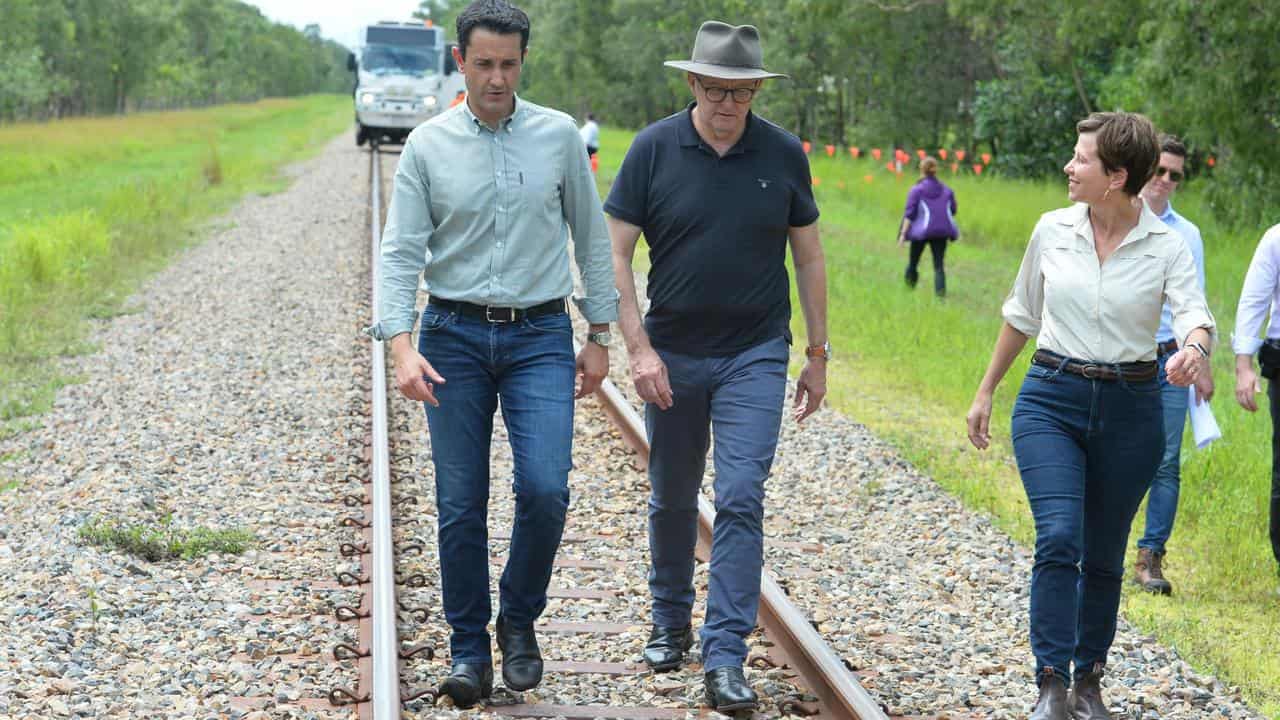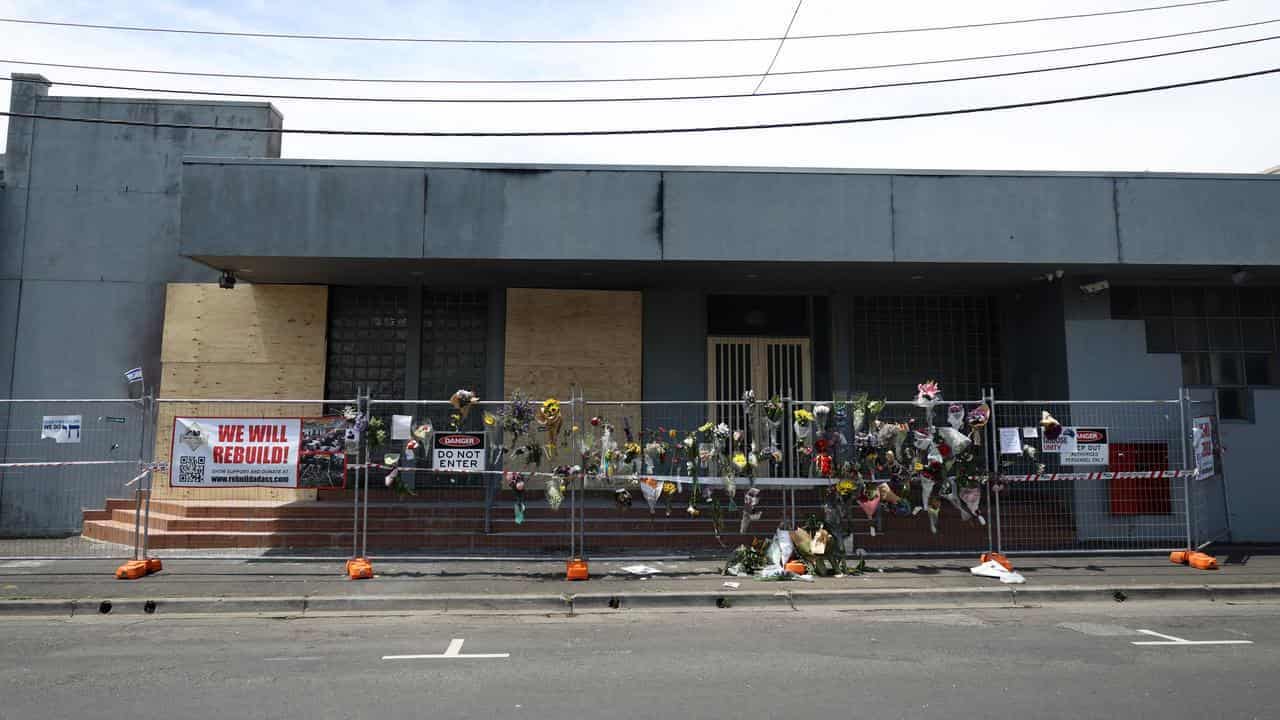The Statement
"The 2019/20 budget cut of $12.9 million to recurrent expenditure on top of $21 million of savings to be found for the government's Labour Expense Cap is crippling FRNSW."
Leighton Drury, Fire Brigade Employees' Union State Secretary. November 12, 2019.
The Analysis
As New South Wales faces catastrophic bushfire conditions, the Fire Brigade Employees Union (FBEU) has claimed funding to Fire and Rescue NSW was cut in the last NSW budget.
Fire and Rescue NSW (FRNSW) provides fire, rescue and hazmat services across NSW and its professional firefighter members are represented by the FBEU.
The FBEU says their members are struggling under budget pressures while fighting on the frontlines as New South Wales burns alongside their volunteer counterpart, the Rural Fire Service (RFS).
NSW State Secretary for the FBEU, Leighton Drury, told AAP FactCheck, in a story carried in the Northern Daily Leader and numerous other outlets, the state government had cut $12.9 million to recurrent expenditure in its last budget.
AAP FactCheck examined Mr Drurys claim that FRNSWs funding was cut by $12.9 million in the 2019-20 budget.
When the FBEU claim was put to NSW Premier Gladys Berejiklian on the ABCs RN Breakfast radio program on November 12, she rejected it as completely incorrect and wrong.
Mr Drury referred AAP FactCheck to the 2019-20 NSW Budget Estimates paper. Budget papers show funding for agencies in two parts: recurrent expenses for items such as wages, and capital expenditure for items such as buildings and equipment.
The 2019/20 budget shows FRNSW received $774.3 million for expenses and $51.9 million for capital expenditure. It also shows revised 2018/19 expenses funding - the result of the mid-year review regularly done halfway through each budget period - was $787.2 million, while revised 2018/19 capital expenditure was $80.4 million. This means that FRNSWs 2019/20 recurrent expenses budget is indeed $12.9 million lower than what it received in 2018/18 as a result of increased funds at mid-year.
However, in the original 2018/19 budget, handed down in June 2018, FRNSW funding for expenses was $729 million. An extra $58.2 million was allocated at the mid-year review. Based on the original 2018/19 budget, FRNSW was allocated $45.3 million more in funding in the 2019/20 budget.
The extra $58.2 million allocated at mid-year follows the state government passing a law in 2018 to make it easier for firefighters to claim compensation for cancers caused by their work. While money was allocated for retrospective claims, AAP FactCheck was unable to clarify whether the entire additional allocation was to fund compensation claims.
A NSW government spokesperson told AAP FactCheck that FRNSW will be receiving a record $826 million in 2019-20, an increase of 2.7 per cent from funding announced in the 2018-19 budget.
The different positions of the FBEU, which claims there has been a cut to FRNSWs budget, and the NSW government, which claims the budget has risen to a record level, depend on whether the 2019/20 budget is compared to the original 2018/19 accounts, or the revised version done mid-year.
AAP FactCheck contacted several economists to seek opinion on whether the funding amounted to a cut.
AMP chief economist, Shane Oliver told AAP FactCheck it is customary to use whatever is close as possible to whatever is spent and then whatever is planned for the current financial year.
For last year, 2018-19 you have really got to take what was actually spent which is the revised number. You've got to compare what they're budgeting this year compared to what they actually spent last year, Dr Oliver said.
Dr Olivers position supports that of the FBEU, however the AMP economist also said the costs for cancer compensation would have to be excluded from calculations if they were a one-off.
It would be wrong to have a look at the 2019-20 budget and say its down on the finalised or revised number for 2018-19 because that 2018-19 number was what turns out to be exaggerated by that one-off payment, he said.
Frank Stilwell, a professor emeritus in political economy at the University of Sydney, told AAP FactCheck via email that a spending cut is the amount by which the funding allocated for the year ahead has been reduced below the actual expenditure in the preceding year.
That is what would normally be understood as a cut, Prof Stilwell said.
Prof Stilwell said whether the budget for any one year was affected by a particular variable, such as workers compensation payments, may indeed affect the outcome.
Next year could be affected by other cost blow-outs too, which could adversely affect employment and services if the spending allocation is strictly adhered to, he said.
Dr Phillip Toner, Senior Research Fellow in the Department of Political Economy at the University of Sydney told AAP FactCheck in an email that the opposing claims may be a classic case of 'damned lies and statistics' in that both sides may be using published data that suits their particular causes.
It may be difficult to say whose view is 'correct' or whose interpretation should be given more weight, he said.
Separate to the debate about the different budget figures, the FBEU has also argued that the NSW Governments Labour Expense Cap - a 2.5 per cent annual limit on employment costs imposed on many agencies in 2013 - is also an effective cut to its budget as any costs above the cap must be met from within the existing budget.
Mr Drury argues that the Labor Expense Cap requires $21 million in savings to be found and claims it is crippling FRNSW.
Trish Doyle, the NSW Labor oppositions emergency services spokeswoman, has said firefighters must find more than $20 million a year to cut from their already lean budgets under the cap, which they were not exempt from, unlike teachers, police and nurses.
Based on the evidence, AAP FactCheck has concluded the claim that $12.9 million has been cut from the FRNSW recurrent budget is ambiguous. A comparison shows the Fire and Rescue NSW expenses budget for 2019/20 is indeed $12.9 million less than the eventual amount that was allocated in 2018/19. However, it is also correct that the budget for 2019/20 did have more recurrent funding allocated to FRNSW than the budget for 2018/19.
Economists consulted by AAP FactCheck have stated that the higher actual funding in 2018/19 does indicate an effective cut in the 2019/20 budget, but have added a caveat that any funding that should be considered one-off complicates the issue. Further complicating the situation is we are yet to see what additional funding, if any, the state government gives to FRNSW at this years budget half-yearly review, which is expected in December.
The Verdict
Ambiguous It is not possible to determine the veracity of the statement, or it has an equal weighting of true and false elements.
* AAP FactCheckis an accredited member of theInternational Fact-Checking Network. To keep up with our latest fact checks, follow us onFacebook,TwitterandInstagram.
First published November 15, 2019 16:58 AEST











